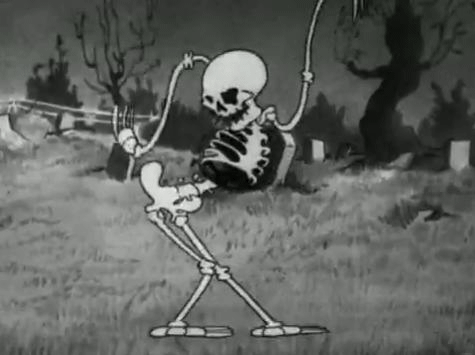So, the Metropolitan Opera is currently in the news due to the ado over the staging of The Death of Klinghoffer (hooray, opera is socially relevant!). In browsing the Met’s site, I discovered that they keep an amazing public-facing database with details of every performance dating back to the 19th century (why can’t every orchestra do this?). In keeping with the spirit of events, I decided to do some analysis of the last century of opera at the Met (around 24,000 performances).
Check the bottom for information about the data, how I compiled it, and possible errors.
Klinghoffer, as it turns out, is barely “contemporary.” It was composed in 1991; imagine if “Everything I Do I Do It For You” was considered a current pop song. Anyway, let’s look at the Met’s history of performing operas that have been composed within 25 years. Their record was much different, with regular stagings of operas by Puccini and Wolf-Ferrari in the early 20th century.

Maybe that’s not fair to the Met. How about performances of pieces written within 50 years? The collapse is quite striking here; most pieces the Met used to be perform were considered “contemporary” in this way.

Ok, let’s cut to the chase. How many composers were just straight-up dead when the piece was performed?

The Met’s Composer Gala, 1983:

If we look at the median year of composition, we can see that it has barely budged in the last century. You’re more or less going to see an opera written around 1870 if you randomly drop by the Met.

What if we consider this another way: we can graph the distance between a given year and its median year of opera composition. That should give us a measure of “conservativeness:” the relation between a current time and the operatic repertoire the Met is performing.

Let’s look at the nationalities of composers performed at the Met. Most striking here is the way German opera increases in popularity right up to late-1910s and the late 1930s, when the trend suddenly reverses course. I’m guessing that had to do with certain international events.

The trend above is vividly demonstrated in the collapse of performances of Richard Wagner starting in the late 1910s and 1930s.

The general list of operas most performed at the Met are somewhat expected: an assortment of Verdi, Puccini, and Wagner.

"But wait!" you say. "Why aren’t American composers included above? The Met is an American opera company!" Well, frankly, American composers are more or less a rounding error at the Met. The best showing was a run of "Porgy and Bess" in the mid 1980s. To their credit, it does seem to be improving a bit.


Lastly, how about a graph of female composers performed at the Met? Thanks to Garrett Schumann for first bringing this to my attention.


Update 10/28/2014: To clarify, the MET has produced one opera by a female composer: Dame Ethel Smythe’s Der Wald,performed twice in 1903.
About the data: data was acquired from the Met Opera Database, in a timeframe from 1905 to present. One “performance” is a night of an identifiable opera performance. Opera performances data was scraped from the HTML and matched up to scraped composer/opera data from Wikipedia. The process of scraping/matching may have introduced some error.
The licensing of the Met Opera Database is not clear; if they allow, I will gladly post the dataset of ~24000 performances in its entirety on GitHub for any corrections.
-via Suby Red